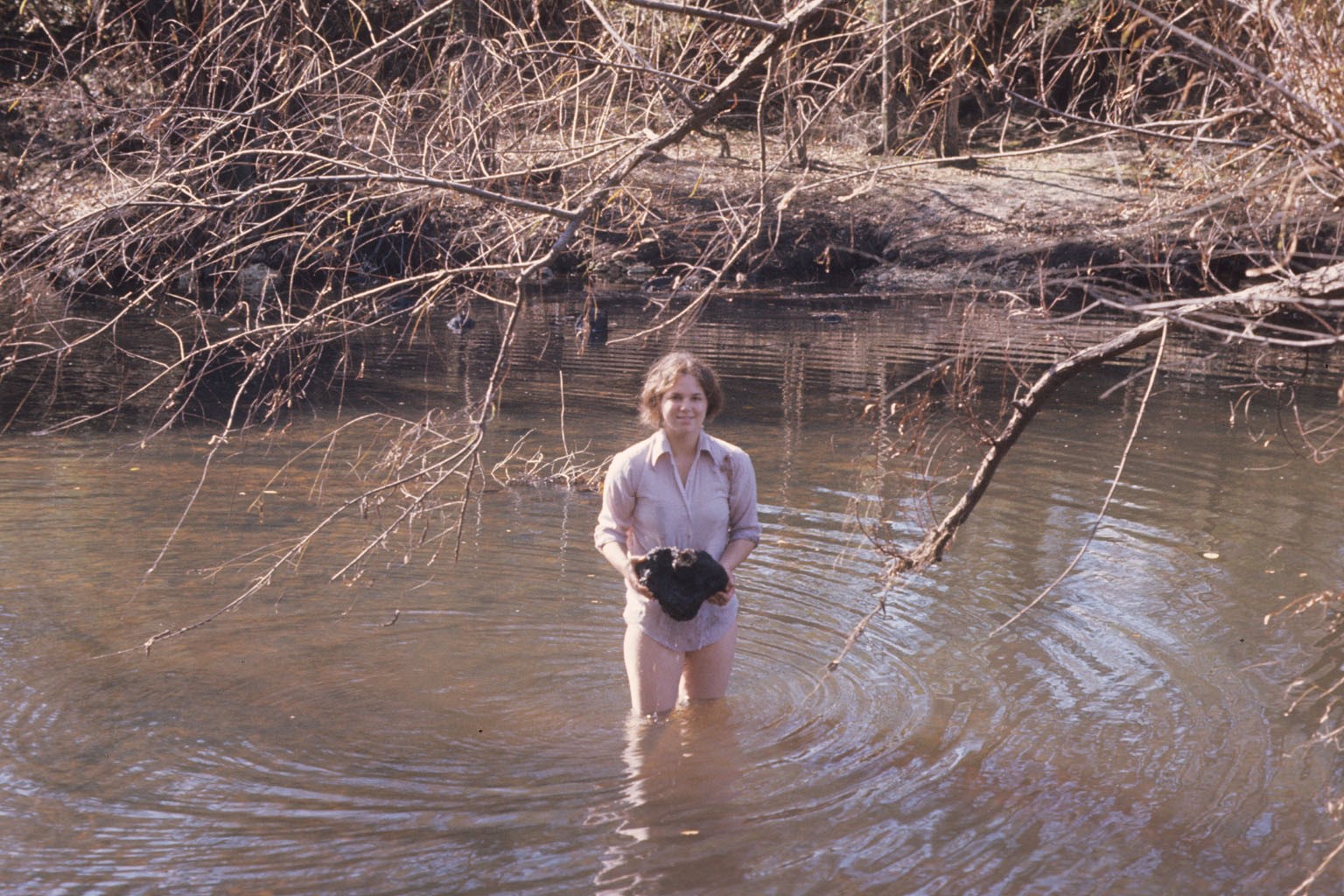DESCRIPTION
These beautiful agatized fossils are found in the dark depths of a root beer-colored river deep in the wilds of south Georgia. We have been diving and exploring this
river since the early 1970s. No one knows this location or the regional geology better.
In early 2021 we made several expeditions to southern Georgia and excavated some fine specimens of this rare fossil occurrence. Since that time, we have been cleaning, preparing and studying the material we found. This rare and unusual type of fossilization starts when coral heads have become buried deep in sediments. Under heat and pressure, the original coral begins to dissolve away. For reasons not fully understood, in some cases the dissolving process stopped before the coral itself had disappeared completely. In these instances, there were hollow areas inside the old coral heads that later became coated with micro-crystalline quartz – agate.
In some cases, the agatization process continued and the entire cavity became filled. In other, rarer instances, the head remained hollow with the agate simply coating the inside. This results in relic structures of the coral becoming encased in amber-colored agate. “Agatized Coral” is an often-misused phrase applied to nearly any coral which contains quartz in its replacement. Such corals are found in various strata and are known from several locations and ages around the world. However, there are only two places where large, truly-agatized, hollow specimens of this type are found: One is in certain water channels of Tampa Bay, the other is in southern Georgia. In both locations finding choice specimens has become exceedingly difficult.












